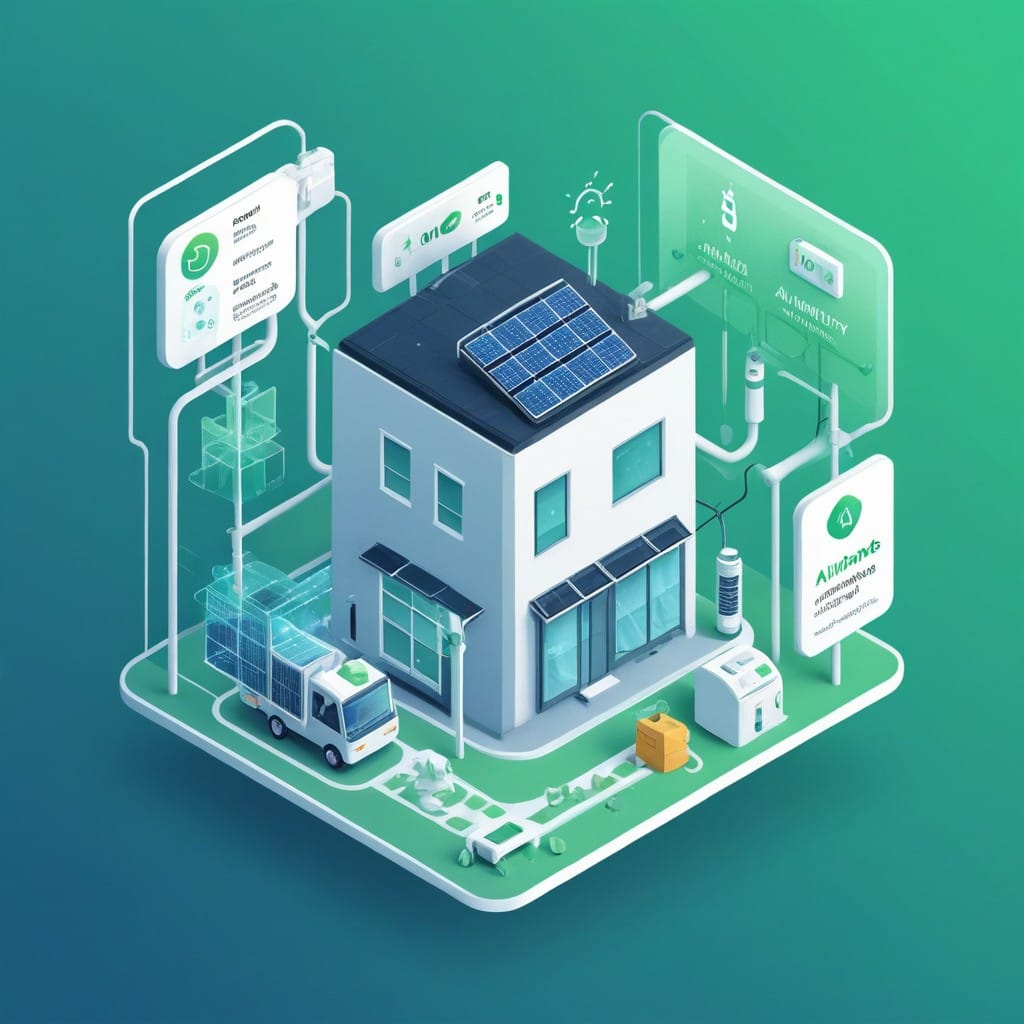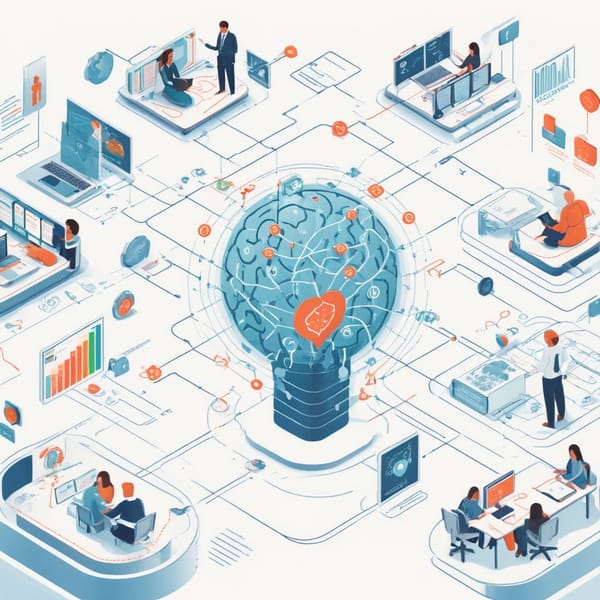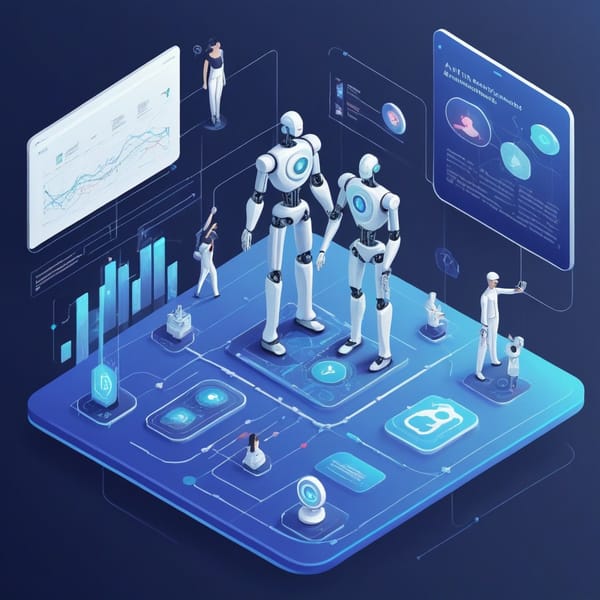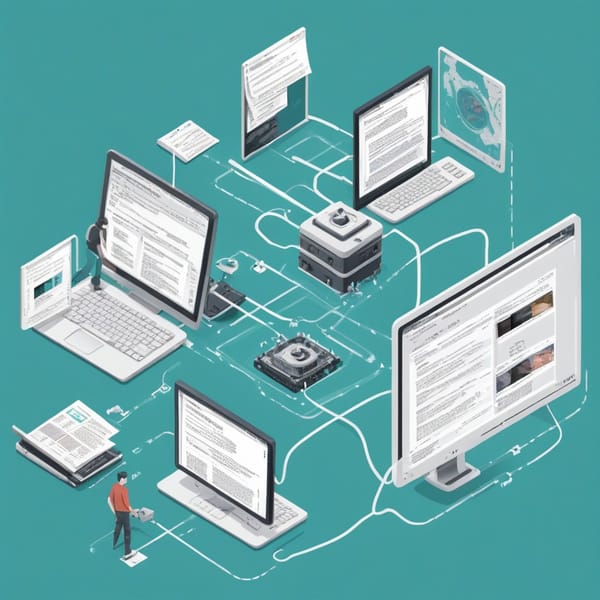AI-Powered Energy-Saving Workflows with n8n: Automate Sustainability

In today’s fast-paced digital world, businesses and individuals alike are seeking ways to reduce energy consumption and promote sustainability. One powerful solution lies in leveraging automation tools like n8n, an open-source workflow automation platform, combined with AI to create energy-saving workflows. By integrating smart sensors, IoT devices, and AI-driven insights, n8n can help optimize energy usage, cut costs, and minimize environmental impact—all without manual intervention.
Why Energy Efficiency Matters
Energy waste is a global challenge, contributing to rising costs and environmental degradation. From idle office equipment to inefficient HVAC systems, small inefficiencies add up over time. Automation can address these issues by:
- Reducing human error (e.g., forgotten lights or devices left on).
- Optimizing resource usage based on real-time data.
- Enabling predictive maintenance to avoid energy-draining malfunctions.
With n8n, you can build custom workflows that automate energy-saving actions, making sustainability effortless.
How AI Enhances Energy-Saving Workflows
AI brings intelligence to automation by analyzing patterns, predicting usage, and making data-driven decisions. Here’s how AI-powered workflows with n8n can help:
1. Smart Lighting Control
Using motion sensors and AI-powered scheduling, n8n can automate lights to turn on/off based on occupancy or natural light levels. For example:
- Integrate Philips Hue or LIFX with n8n to adjust brightness dynamically.
- Use weather APIs to optimize natural light usage during daylight hours.
2. HVAC Optimization
Heating and cooling account for a significant portion of energy use. AI can:
- Analyze occupancy data to adjust temperatures in unused rooms.
- Predict peak usage times and pre-cool or pre-heat spaces efficiently.
- Integrate with smart thermostats like Nest or Ecobee via n8n.
3. Device Power Management
Idle electronics consume "phantom" energy. With n8n, you can:
- Automatically power down workstations after hours.
- Use smart plugs (e.g., TP-Link Kasa) to cut power to non-essential devices.
- Trigger alerts for unusual energy spikes.
4. Renewable Energy Integration
For businesses using solar or wind power, n8n can:
- Monitor energy production and adjust usage to match supply.
- Shift high-energy tasks (e.g., server backups) to peak renewable generation times.
Building an Energy-Saving Workflow in n8n
Let’s walk through a simple example: automating office lights based on occupancy.
Step 1: Set Up Triggers
- Use a motion sensor (e.g., Aqara) to detect room occupancy.
- Configure n8n to receive sensor data via HTTP or MQTT.
Step 2: Add AI Logic
- Integrate an AI service (like TensorFlow or a pre-trained model) to analyze occupancy patterns.
- Train the model to distinguish between regular work hours and after-hours activity.
Step 3: Automate Actions
- Connect n8n to smart lights (e.g., Philips Hue API).
- Create a workflow that:
- Turns lights on when motion is detected during work hours.
- Dims lights during low-activity periods.
- Turns lights off after 30 minutes of inactivity.
Step 4: Monitor and Optimize
- Use n8n’s error handling to alert if devices fail.
- Log energy savings over time with a tool like InfluxDB or Google Sheets.
Real-World Benefits
Companies using AI-powered automation report:
- 20-30% reduction in energy costs from optimized HVAC and lighting.
- Lower carbon footprints by minimizing waste.
- Improved operational efficiency with hands-free management.
Getting Started with n8n
n8n’s user-friendly, low-code interface makes it accessible for non-developers. To begin:
1. Install n8n (self-hosted or cloud-based).
2. Explore integrations (300+ supported apps, including IoT and AI services).
3. Start small—automate one process, then scale.
Final Thoughts
AI-powered energy-saving workflows with n8n offer a practical, scalable way to drive sustainability. By automating routine tasks and leveraging data-driven insights, businesses and homeowners can significantly reduce energy waste—saving money and the planet simultaneously.
Ready to take the next step? Dive into n8n’s documentation and start building your first energy-efficient workflow today!
Would you like a more technical deep-dive into any of these workflows? Let us know in the comments!



